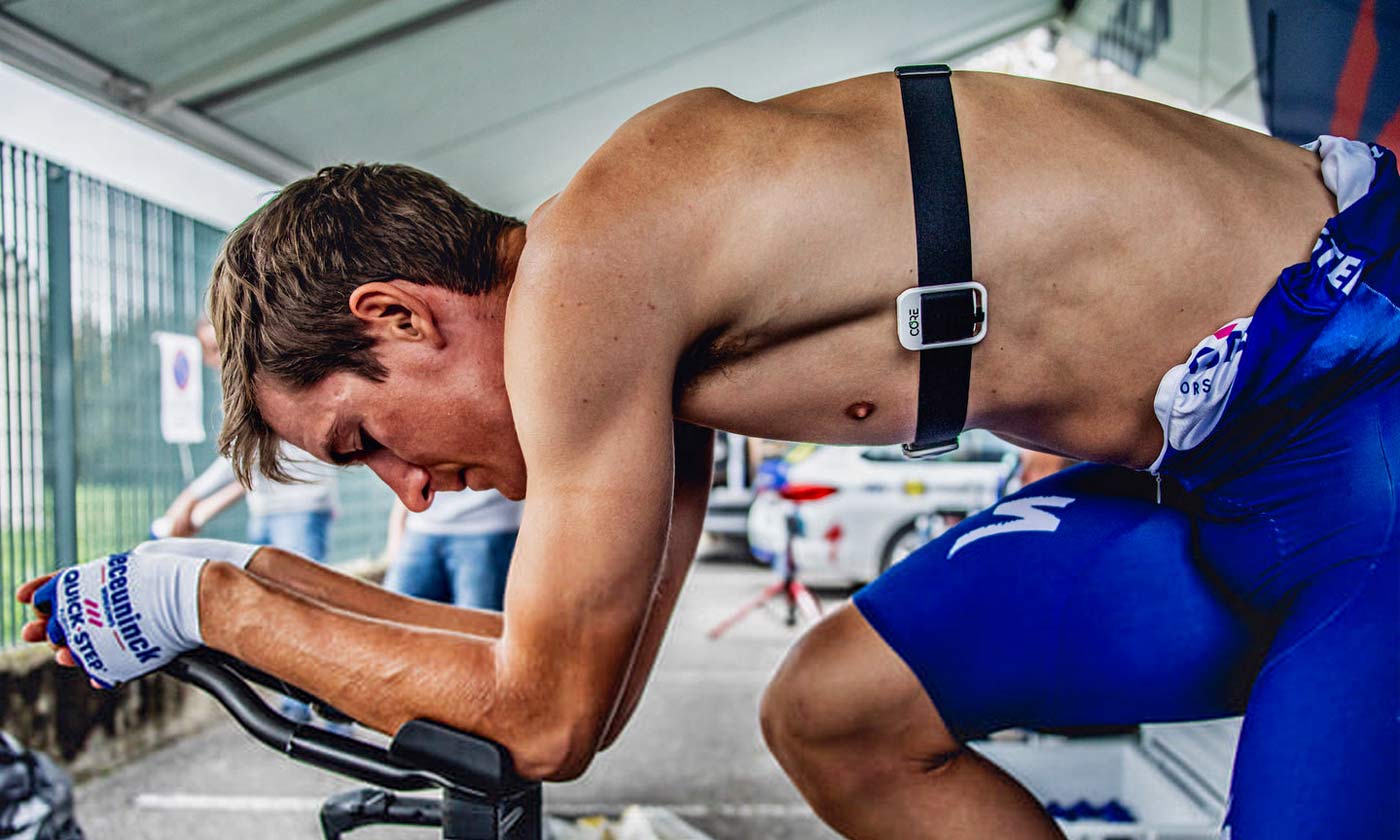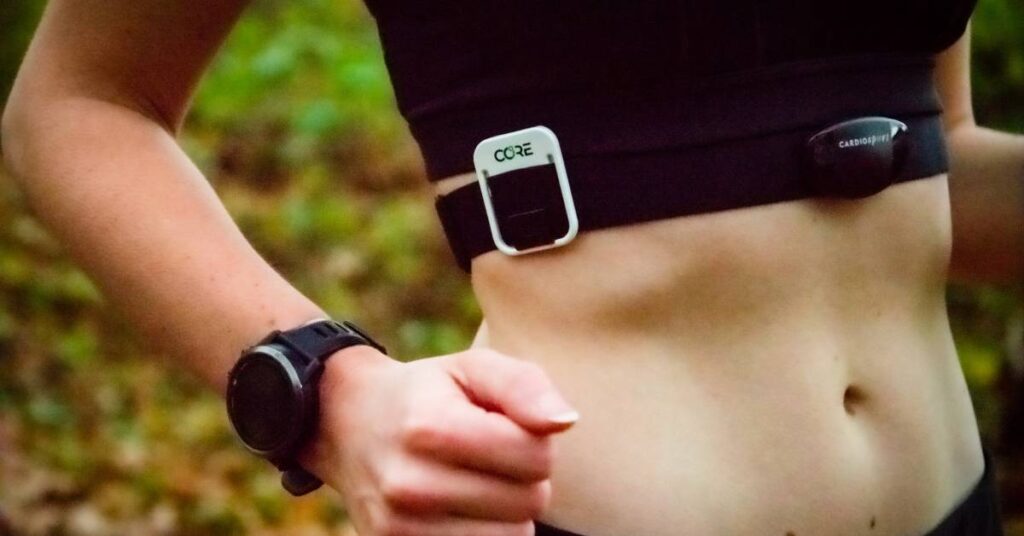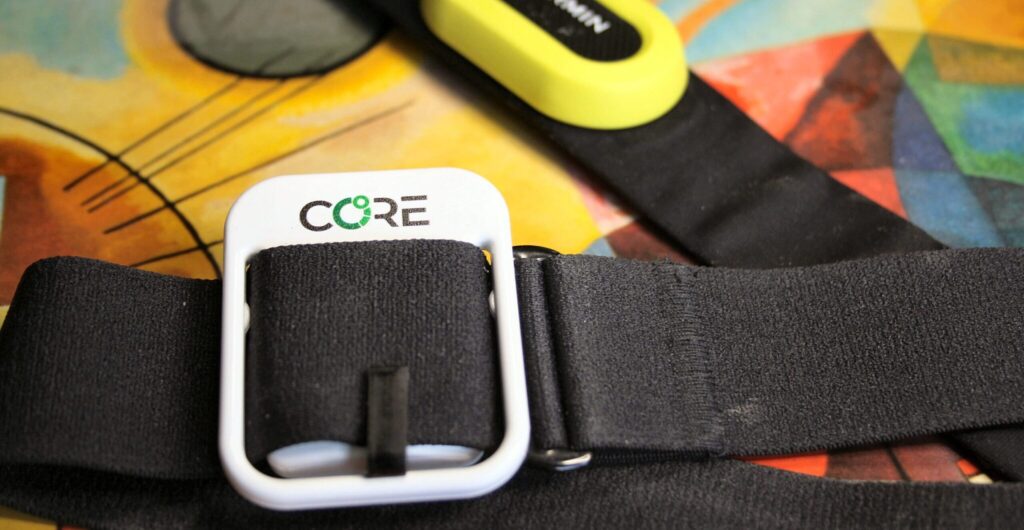
For decades technology in sports has been helping athletes raise their performance levels. Devices thatmonitor heart rate and calorie burn, together with heat maps and power output have assisted coaches and athletes in making informed performance decisions in both training and in big sporting events.
For years, however, it was very difficult to monitor core body temperature outside of a laboratory. This is set to change, with non-invasive wearable core temp sensors.
Table of Contents
Importance of Core Body Temperature Monitoring
The basics behind core body temperature monitoring are that as an athlete’s temperature rises they reach a point where their performance suffers. If the temperature can be monitored effectively, then an athlete can change their performance output and style to compete more effectively, or implement cooling strategies such as drinking more fluids or wearing different clothes to bring their body temperature down.
Since hitting the market core body temp opinions seem to be largely positive from professional sports teams and athletes who use the devices for different purposes.
Core Body Temperature Performance Monitoring Advantages

Source: gearjunkie.com
There are many advantages to knowing the core body temperature of an athlete. Here is a snapshot:
- Performance Fatigue – Studies show that athletes generally experience performance fatigue at around 40°C and 41°C regardless of what their body temperature was prior to training. That said it is believed that a high aerobic fitness level will allow an athlete to perform to a high level beyond the 41°C ceiling.
- Lower Body Temperature – The lower an athlete’s body temperature prior to the event or training session the longer it takes to reach fatigue temperatures and rises linearly with workload and intensity.
- Performance Collapse – Each athlete has a point where their performance collapses if they reach a certain body temperature.
Core body temperature is an important aspect of sporting performance and increasingly, it is a factor that is considered by pro sporting teams.
How Pro Sports Teams and Athletes are Using Core Body Data

Source: hidratespark.com
One advantage of core body sensors is that they can provide real-time data to coaching teams. This enables them to take action to increase the performance of athletes and in some cases protect them.
Consider:
- Acclimatisation to Hot Climates – In naturally hot climates competing using a temperature sensor allows athletes and coaching teams to train to the right heat acclimatisation protocols and cooling strategies to compete at their best. Runners in the Marathon des Sables, a seven day 250 km marathon set in the Moroccan desert, were able to identify when they were close to the red line of their core body temperature and stay below it.
- Training Aid – Athletes that monitor heart rate or watts are seeing better results through using a body temperature. Many are finding it interesting to look at the data and how body temperature impacts performance. Perhaps more crucially, it tells them when their body temperature is getting close to the point of impacting performance levels and they need to take steps to cool their temperature down to still be able to compete.
- Improved Coaching – Coaches that use body sensors on their athletes have reported that they are better able to see what temperatures start to impact performance for each individual athlete. Although it is relatively new in sports these figures have started to make the individual competitor take the data more seriously.
This has also led to the development of heat zones in training, where should an athlete approach their red line, the coaching team has adjusted the intensity of a session accordingly to stay below the core body temperature red line. It is fair to say that the core body temperature is becoming more important than watt output at least in a training session.
Core Body Temperature Technology

Source: the5krunner.com
Core body temperature devices are no bigger than a heart rate monitor and often share the same strap. Like a heart rate monitor, it sends the data in real-time which gives coaches the insights needed to work out strategies to keep body temperature down.
Crucially, it is a lightweight device and not invasive. The wearing of the device in no way affects an athlete’s performance and like other devices helps the athlete improve and give their best performance in each event.
Given how valuable a device of this kind is becoming it is fair to say that all sports will adopt the technology if they haven’t already. The data is too valuable to ignore and the benefits are far reaching.
Measuring the core body temperature of an athlete allows for the development of better training strategies and routines and better performance on the day of the event. Whether this is the last piece of technology to be developed as a coaching and training aid remains to be seen. There can be little doubt, however, about its importance and how now and in the future, it is making a considerable impact in sports played around the world.







